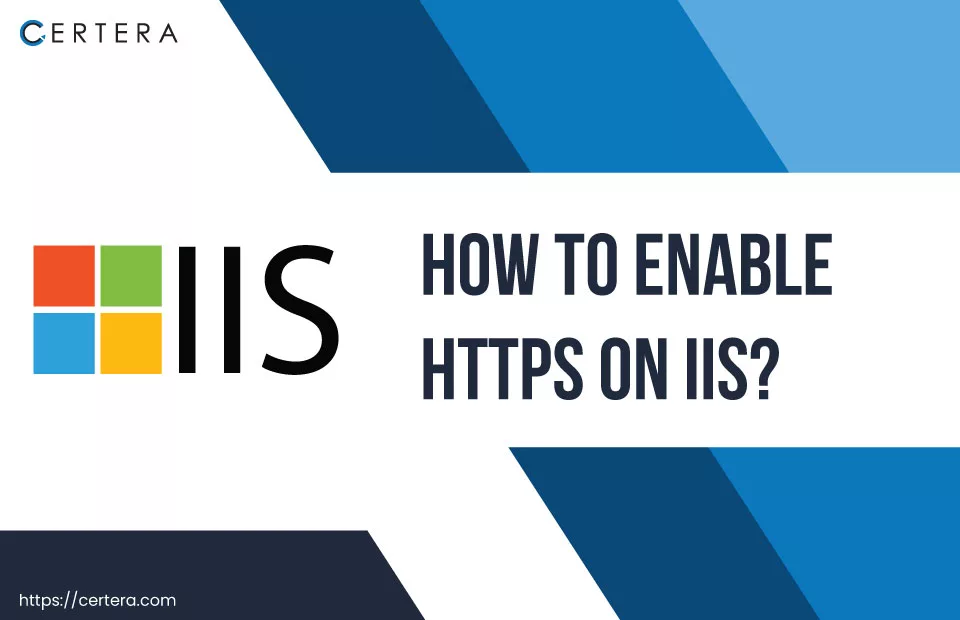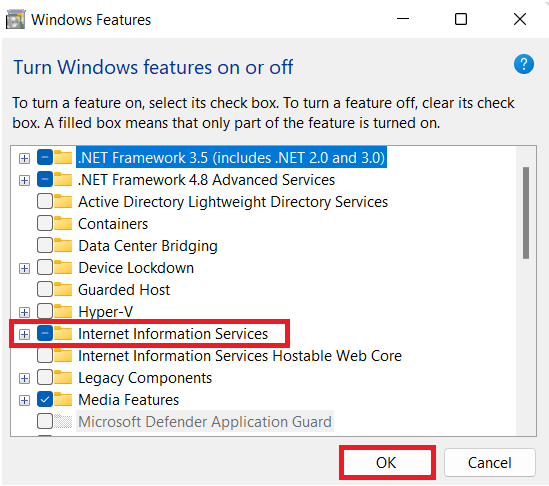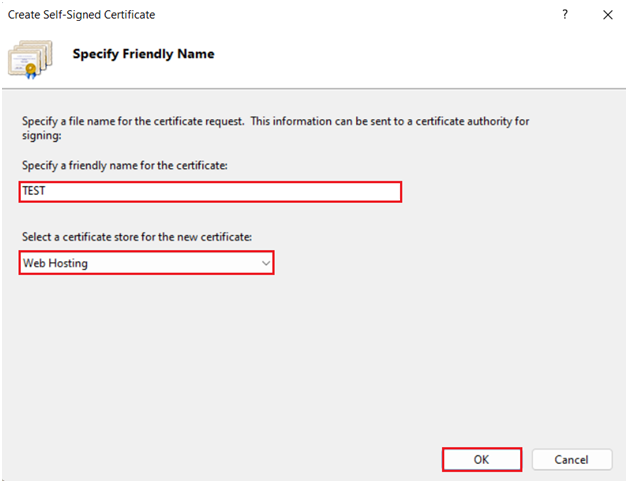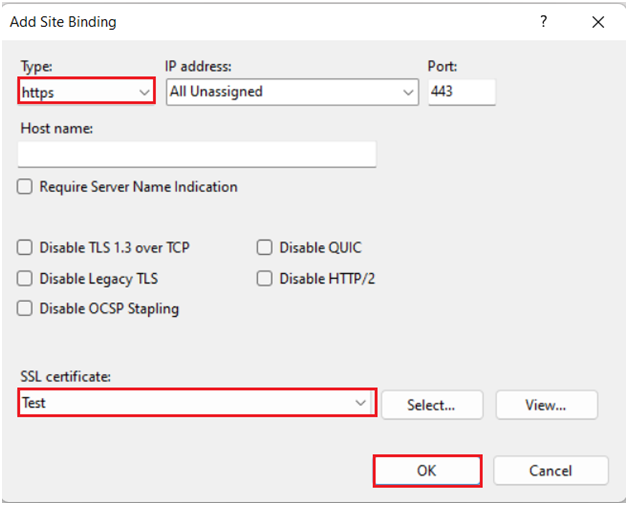How to Enable HTTP/s on IIS?

Windows Web Server, or Internet Information Services (IIS), is a Microsoft web server that runs on the Windows OS and can – host, deploy, and manage web applications using technologies like ASP.Net, PHP, etc. The latest version of IIS is IIS 10, which supports the HTTP/2 protocol, offering lower latency than HTTP 1.1 and improved resource utilization.
In this article, we will explore: “How to enable HTTP/2 protocol on IIS?”. But before we do that, it would be better to be aware of important points related to the use of HTTP.2 on IIS.
Important Points To Consider
- IIS 8.5 on Windows Server 2012 R2 or lower version does not support HTTP/2 protocol.
- Windows 10 and Windows Server 2016 support HTTP/2.
- As of now, IIS only supports HTTP.2 over Transport Layer Security.
- There are currently no new configuration settings in IIS exclusive to HTTP/2, and there is no need to create a new DuoEnabled registry key and set it to 1.
- If both – your server and browser support HTTP/2, IIS will automatically use it. If not possible for some reason, it will fall back to HTTP 1.1.
- If you have enabled HTTP/2 on IIS and are using Windows authentication methods like NTLM, Kerberos, Negotiate, etc., IIS will revert to HTTP/1.1 as h2 does not support such methods.
- Using IIS’s feature to limit the bandwidth will work for HTTP/1.1 but won’t affect HTTP/2.
How to Enable HTTP/2 on IIS?
You can enable HTTP/2 on IIS using these three steps:
- Install Internet Information Service Manager.
- Create a self signed certificate.
- Bind the certificate.
Now, let’s comprehend how to perform these three steps in detail.
Install Internet Information Service Manager
Follow the steps mentioned below to install IIS Manager:
- Click Search, placed on the taskbar.
- Type Turn Windows features on or off, and press Enter.
- The Windows Features dialog box will appear. (It may take a minute to load.)
- Check the box in front of the Internet Information Services option.
- Click OK.

- Install the Internet Information Service Manager by following the on-screen instructions.
Create a Self signed certificate
Note: It’s not recommended to use self-signed certificate as they can’t stop security warnings and not trustworthy.
Follow the steps mentioned below to create a self-signed certificate:
- Click Search, placed on the taskbar.
- Type IIS Manager and press Enter.
- The Internet Information Service (IIS) Manager window will appear.
- In the Internet Information Service (IIS) Manager window, perform the following actions:
- Double-click on Server Certificates.
- Under the Actions column, click Create Self-Signed Certificate.
- In the Specify a friendly name for the certificate field, type a name as per your preference.
- From the Select a certificate store for the new certificate list, select Web Hosting.
- Click OK.

Bind the certificate
Follow the steps mentioned below to bind the certificate:
- Under the Connections column, expand Sites.
- Click Default Web Site.
- Under the Actions column, click Bindings.
- The Site Binding dialog box will appear.
- Click Add.
- The Add Site Binding dialog box will appear.
- From the Type list, select https.
- From the SSL certificate list, select the name of the certificate that you created earlier.
- Click OK.

How can you verify that HTTP/2 has been enabled?
To verify whether HTTP/2 is enabled or not, you can use Developer Tools. Follow the steps mentioned below to accomplish the same:
- Open a fresh tab on Chrome.
- Enter the site’s URL.
- Click the Customize and control Google Chrome icon (three vertical dots).
- From the list, select More tools.
- Click Developers tools.
- Click on the Network tab.
Observe the value under the Protocol column. It will be showing as h2, which verifies that HTTP/2 has been enabled on IIS.

Conclusion
Enabling HTTP/2 or h2 in IIS is a simple task and can be accomplished by performing three simple steps. First, install IIS Manager; Second, make a self signed certificate; third, bind that certificate.
Recommended: How to Generate CSR on Microsoft IIS Web Server?
Recommended: How to Install SSL Certificate on Microsoft IIS?

